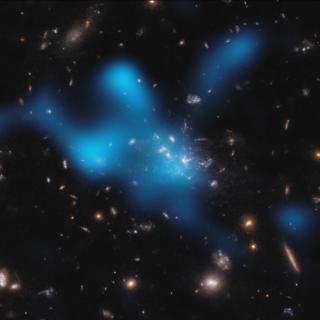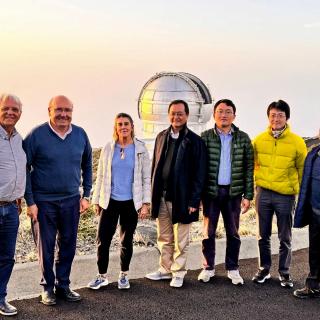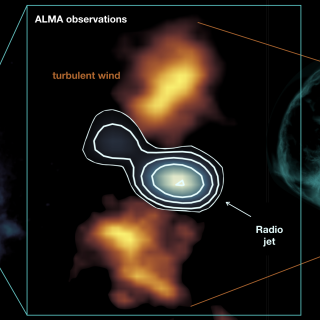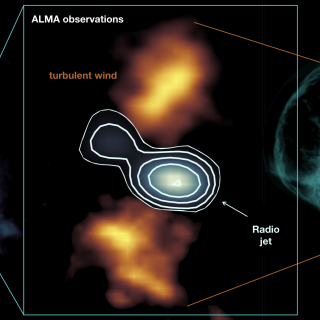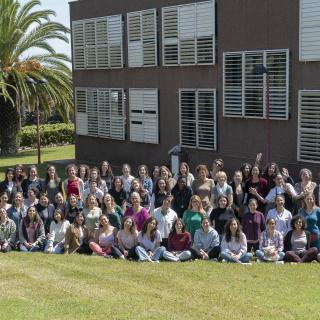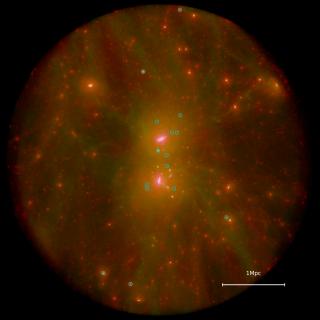
An international team led by researchers based in Poland, Spain, and Germany, has predicted the probable existence of a large number of ultradiffuse galaxies in the Local Group which still have not been observed. These galaxies would have masses of up to a thousand million solar masses, spread out over an area comparable to the size of the Milky Way, which is a thousand times more massive. This would make them very faint and difficult to observe, which is why they have not been seen until now. Only af ew have been found in the Local Group, and the question has been raised of how many could
Advertised on
